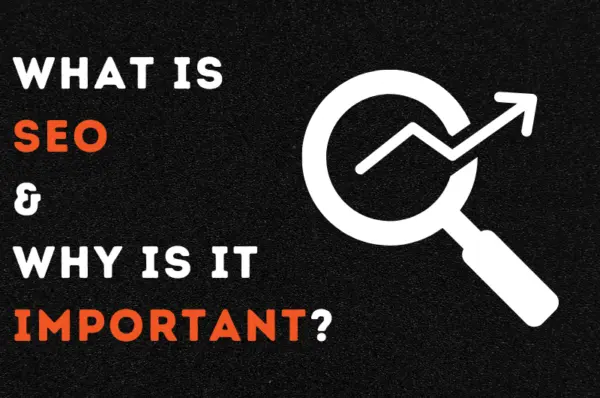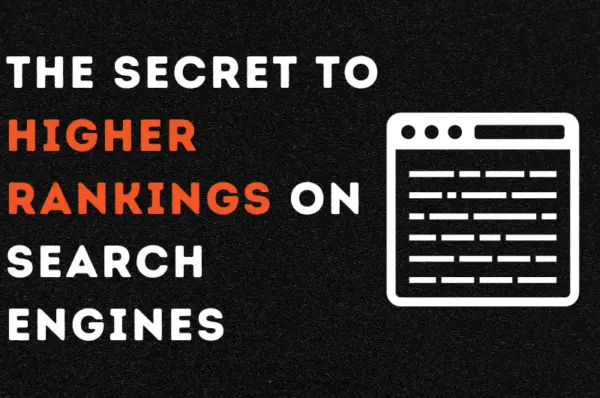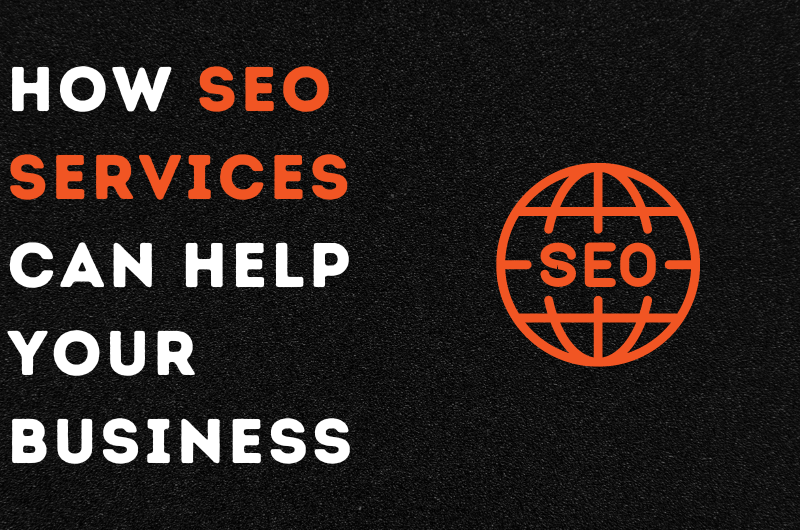This blog tells you what is keyword mapping.
If you are managing a business in the UK, you will be working in a saturated market, irrespective of your industry. Doing business in the UK is easy; therefore, countless businesses are operating throughout the country.
That is why it has become important to have a business website that can attract users online. If you currently don’t have a website, you are missing out on huge business.
However, it is not easy to manage a business website. You will need to ensure that your website is optimised for user experience and has the right information that people are interested in. But how exactly do you do this?
This is where keyword mapping comes in. In this blog, we will answer what is keyword mapping and what its benefits are.
In addition, you will be given a small guide on how to implement keyword mapping for your website. Let’s begin!
What is Keyword Mapping?
So, what is keyword mapping?
Keyword mapping is a technique that is used by SEO experts to organise their content on the website. During the process, you strategically assign relevant keywords to specific pages so that search engines can easily understand them.
Simply put, keyword mapping is a way of telling search engines what each page is about and how it is related to the other pages. Search engines rely on algorithms to interpret your content. Therefore, providing them with an outline is always beneficial.
To algorithms, your website is like a library with many different sections and pages. When you implement keyword mapping, you are dividing the library into different sections so that when someone needs content, they can find it easily.
That is why all big business websites ensure that they implement a strategy.
What is the Benefit of Keyword Mapping?
So, now you should be clear on what is keyword mapping. Let’s move ahead.
Small businesses are usually working with limited resources and time. This means that they cannot focus on multiple things. Therefore, they need to know whether a strategy is worth their time before starting.
Is it something that will bring higher outputs, or is it just something they can skip? If you have similar questions regarding keyword mapping, let’s discuss some benefits of keyword mapping.
Below, we have listed three key benefits to help you understand why keyword mapping is something that you should focus on.
1. Enhanced Visibility
The biggest advantage of keyword mapping is that your content will be more visible to online users.
Almost every business ensures that they have a website, but then they leave it. If you are also sitting on a website and not using it as the main tool for lead generation, you might be making a mistake.
Having a website and then optimising it regularly is important. You need to ensure that your websites are properly crawled and then indexed by search engines. If your websites are properly indexed by search engines, this means that algorithms know what your website is about.
Therefore, when someone makes a relevant search, they bring up the information accurately and lead them to your website. This means that your website is likely going to get more organic traffic and, therefore, leads.
This is the reason that keyword mapping is so important.
2. Targeted Content
We cannot write a blog on what is keyword mapping and not talk about content focus.
Most businesses take it upon themselves to publish content on their website. However, it can be excruciating to find topics that are relevant to your industry and that are worth publishing.
Therefore, you need to ensure that you have the right keywords that will enhance your visibility instead of confusing search engines. Instead of following an arbitrary content creation process, you can use keyword mapping.
Keyword mapping allows you to stay focused on your target audience. It tells you how to organise your content and the website.
3. Improved User Experience
Having a website that does not facilitate users can be damaging.
If you argue that operating a website is enough, then it is not a valid argument. This is because almost every business has a website.
Have you ever come across a website that does not provide you with the information you require? What do you do? Obviously, you close it and choose from the countless other sites for the information that you require.
This is exactly what your users do. Therefore, you need to design your website so that it facilitates users and allows them to navigate to the information that they require.
That is what keyword mapping does. It allows you to structure your website in such a manner that your users are guided to the information that they are looking for.
How Do You Implement Keyword Mapping?
Our readers should know what is keyword mapping and why it is important for every business website.
If you are convinced that you do need to invest in keyword mapping, let’s tell you how you can do it for yourself. We have outlined a small guide below that can be followed by anyone.
If you feel that you do not have the right technical skills, you can still use it to implement keyword mapping. Let’s start:
1. Conduct Keyword Research
Your process starts with conducting keyword research.
Keyword research is an analysis that lets you understand what your audience is interested in. It tells you about the search inquiries made on search engines that are relevant to your industry.
You can use several tools to conduct keyword research, such as Semrush and Google Keyword Planner. Some of these tools are paid, but they will give you more advanced results; however, you can use free tools for keyword research as well.
When you are searching for keywords, include different types of keywords that are related to various search intents. In the end, you will end up with words and phrases, some that are related to purchasing a service and some that are informational.
2. Run a Content Audit
After you have the keywords, you need to review your current website.
In this step, you need to run a content audit to see what you have currently published on your website. There are many software that you can use for conducting a content audit.
However, it might require some technical expertise. Taking help from an expert who knows the intricacies of SEO is always a better option. You can always use our free website audit for a detailed report.
With a content report, you will know the people you are currently appealing to and who else can be a part of your viewership. You will also be able to see how your page is performing and why some pages may be more attractive to users than others.
3. Focus on Mapping and Prioritising
Then, just get a report on your website and move on to the next step.
In this step, you will need to start mapping and prioritising your web pages. Your website should be organised according to search intent.
When people make search queries on Google, they can have a different reason for it. Some people might want information, whereas others might be ready to make a purchase.
Therefore, your website should have different sections to cater to different search intents. Separate your landing pages from blogs. With blogs, you should categorise them under different headings to make them more relevant and organised.
In addition to mapping, you should prioritise some pages over others. Every website has a limited crawl budget, and it cannot be wasted on unimportant pages. When you prioritise one page over the other, you are efficiently locating the budget.
This means that some pages will be seen by algorithms as more important, just as you and your audience see them
4. Implement the Keyword Map
In the second last step of the blog on what is keyword mapping, you are almost done.
Now it is time to implement the keyword map. This involves three different components: content optimisation, on-page optimisation, and technical SEO.
Firstly, you should ensure that your current content is optimised according to the keywords that you discovered in the first step. If your current content is not using these words, you should optimise these pages with these new keywords.
Next, your on-page SEO matters a lot. Therefore, ensure that everything is properly linked and identified. Lastly, restructure your website so that it is coherent with your keyword mapping.
5. Monitor and Improve
In the last step, you need to remember that there is a difference between having a website and using a website.
Therefore, you won’t get much from your website if you are sitting back and watching. Monitor your website and see how each page is performing.
If you find some pages to be lagging, update and improve them.
A Brief Summary
So, let’s do a quick review of what is keyword mapping.
Keyword mapping means developing the structure of your website according to a strategy. This strategy facilitates search engines and users accessing your content.
Keyword mapping benefits you by enhancing your online visibility, targeting your audience, and improving your user experience.
To implement keyword mapping, start by carrying out keyword research and content audits. Then, use these reports to map and prioritise pages on your website.
In the end, you will be ready to implement the strategy, and once it is done, you should monitor your website closely and improve it if needed.
We at SEOSyrup understand that it is hard for businesses to focus on their website. Therefore, we provide you with a team of SEO experts and content creators to enhance your online visibility. Get an instant quote now!



